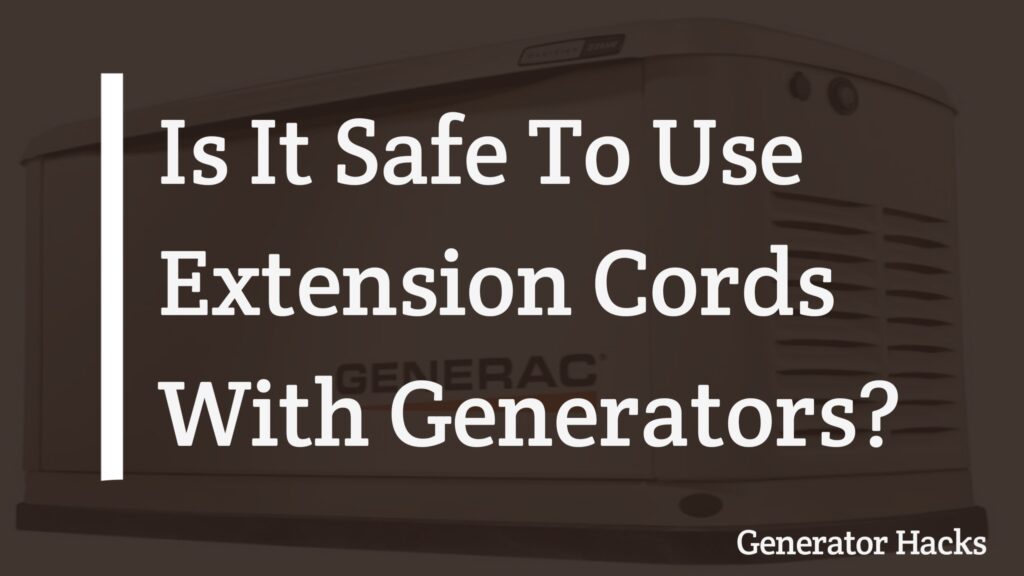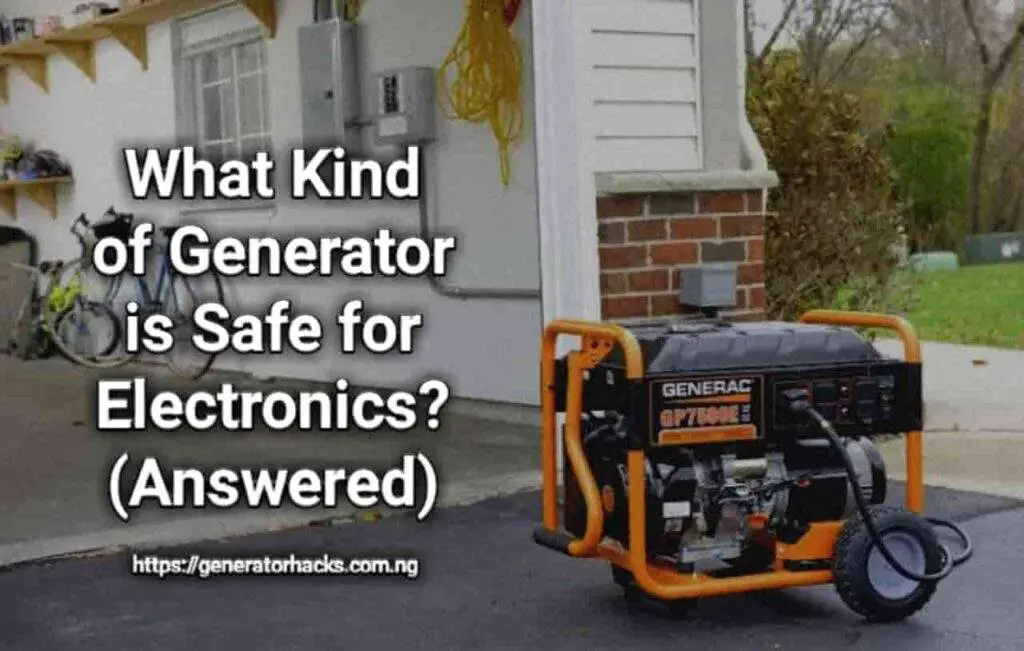As an Amazon Associate, we earn from qualifying purchases. This does not affect the price you pay or the quality of the products you buy. For more information, please read the full affiliate disclosure here.
When it comes to generating power, sometimes a single non-inverter generator might not be enough to meet your power needs. That’s where parallel connection of multiple non-inverter generators comes in handy. By connecting two or more non-inverter generators together, you can increase the total power output, thus providing enough power for your needs.
You might be wondering: can you parallel non inverter generators? The answer is yes! You can connect two or more non inverter generators to create more power.
You just make sure the total wattage of all the generators you are paralleling doesn’t exceed the wattage of the outlet you’re using.
Moreover, keep reading to learn more about parallel operation in generators and find out if it’s the right choice for you.
What Is a Non Inverter Generator?
Non inverter generators are a type of portable generator that doesn’t require a battery. They’re really easy to use—just plug them into an outlet and you’re good to go.
Non inverter generators are great for backup power or when you need to run some appliances or tools. They’re not as powerful as inverter generators, but they’re more affordable and easier to find.
RECOMMENDED READ:- What is Inverter Generator: How Do it Work?
What Is Parallelism?
When it comes to generators, there are two types: inverter generators and non inverter generators. Inverter generators are more expensive, but they’re more efficient and produce less noise.
Non inverter generators are cheaper, but they’re not as efficient and they produce more noise.
When two generators are parallel, they share the load equally. This is a great option if you need more power than what a single generator can provide. And it’s a great way to save money, since you can use two less expensive generators instead of one more expensive generator.
How Do You Parallel a Non Inverter Generator?
In order to do so, you’ll need to make sure that the generators are of the same voltage, frequency, and phase.
Once you’ve verified that the generators are compatible, you can connect them by plugging the generator cords into the appropriate outlets. Be sure to turn off both generators before making any connections.
Once the generators are plugged in, start them up one at a time. Let them run for a few minutes and then check the voltage and frequency. If they’re both within acceptable ranges, you can go ahead and turn them both on.
What Are the Benefits of Parallelism?
When it comes to generators, there are a few things you should know about parallelism.
First of all, what is parallelism? In basic terms, it means linking two or more generators together so that they work as one unit. This gives you more power and allows you to run multiple loads at the same time.
Now that we’ve answered that question, let’s look at the benefits of parallelism. The main benefit is obvious: more power. With parallel generators, you can handle larger loads and get your work done faster. You’ll also be able to run multiple appliances at the same time, which is perfect for emergencies when you need to power everything from the fridge to the TV.
Another benefit of parallelism is redundancy. If one generator fails, the other one will take over and keep things running smoothly. This is a great feature for those who live in areas that are prone to natural disasters.
Are There Any Disadvantages to Parallelism?
Parallelism is a technique used to increase the power output of generators. By connecting two or more generators, you can combine their power to create a larger, more powerful generator. However, as with any technique, there are some downsides to parallelism.
One of the main disadvantages of parallelism is that the generators share the load equally. This means that if one generator is larger than the other, it will end up doing more work. This can cause the larger generator to wear out faster than the smaller one.
Another disadvantage of parallelism is that it can be more difficult to maintain and service multiple generators than a single generator. You’ll need to keep track of multiple engines, fuel systems, and electrical components, which can be time-consuming and expensive.
Despite these disadvantages, parallelism remains a popular technique for increasing generator power output. As long as you take the necessary precautions and perform regular maintenance, you can enjoy the benefits of parallelism without experiencing any major issues.
RECOMMENDED READ:- How Linear Generator Technology Aims to Transform Local Power Generation
Final Word
When you need more power output than a single generator can provide, you can parallel non-inverter generators. This works by connecting two or more generators so that they combine their power output. However, it’s important to ensure that the generators are of the same make and model and that they are rated to run in parallel.
If the generators are not the same, they may have different voltages and frequencies, which can cause damage to your appliances and equipment. Additionally, if they are not rated to run in parallel, they may not be able to handle the increased load and may malfunction.
So, it’s always a good idea to check the manufacturer’s instructions before attempting to parallel generators. By doing so, you can ensure that you have enough power to meet your needs while also keeping your appliances and equipment safe.
Share

